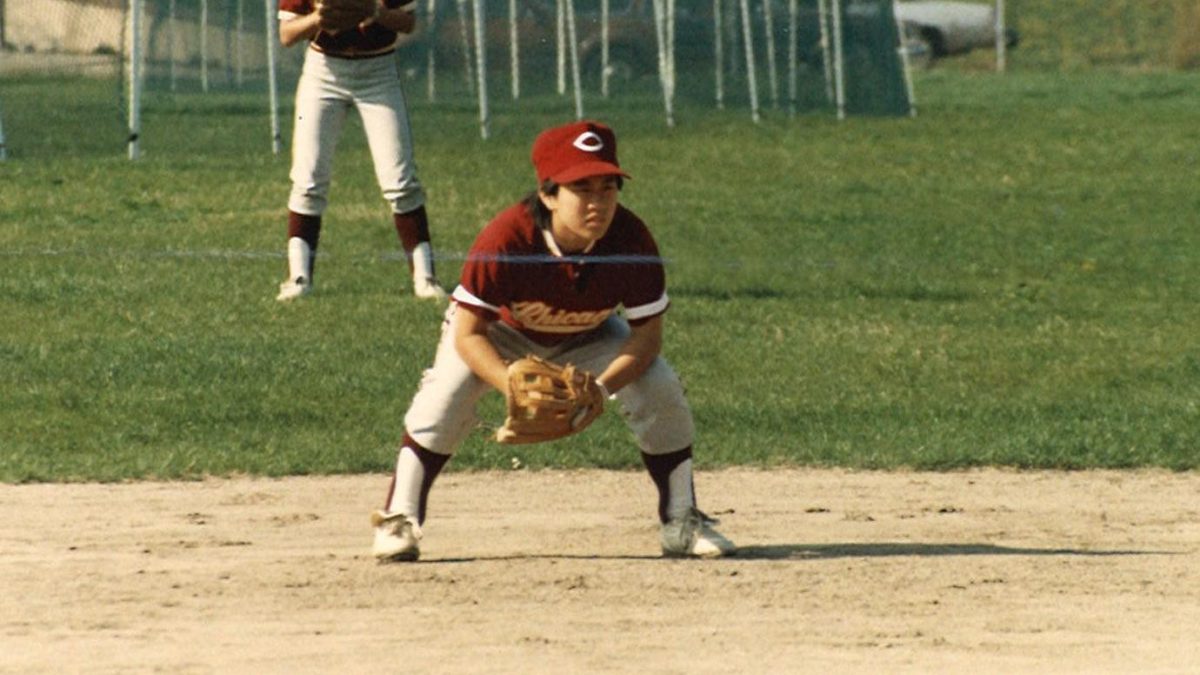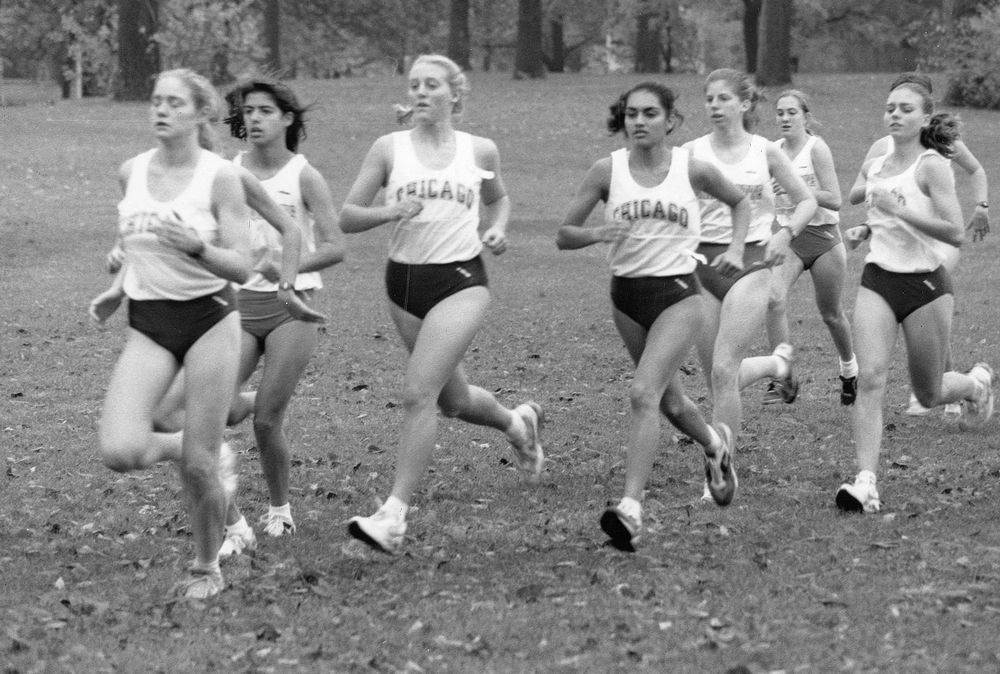In 1946, the University of Chicago sealed its athletic fate by dropping out of the Big Ten conference, which they had helped found. In 1969, the return of sports came in form of Division III, but other than fourth-year Nate Hanje making it rain in Ratner, our school has wallowed in relative mediocrity compared to the heyday of legendary football coach Amos Alonzo Stagg and Jay Berwanger, recepient of the Heisman trophy.
The year 2016, however, could mark the University’s triumphant return to the athletics main-stage.
As part of Chicago’s victorious United States Olympic Committee bid, the U of C will offer scholarships to Olympic athletes who have had their education disrupted by demanding training schedules.
Several area universities are taking part in the program, which will offer each of the 11,000 or so Olympic athletes a 120-year scholarship to the Chicago-area school that admits them. Talk about super-seniors. The absurd length on the scholarship is a ceremonial gesture celebrating the 2016 games as the 120th anniversary of the first modern Olympic Games in Athens.
Staying within general admissions standards, the school says it will work with the 2016 Chicago Olympic committee to “do something creative” (read: let them all in). By then The College’s application will likely be reduced a checklist anyway, so I would imagine it shouldn’t be too difficult to sneak a couple of bronze medalists through.
So what will we do with all of these athletes you ask? Most of these athletes will be amateurs, and because the scholarships aren’t athletic (technically), most of the Olympians would be eligible to compete in DIII according to NCAA regulation.
Since it would be a monumental waste to lock them up in the Reg and let their muscles and talent atrophy, let’s get them out on the field! If this were the case though, things would have to change. Using Olympic-caliber athletes in DIII would be patently ridiculous, akin to Stephen Hawking taking an intro to Phy Sci class.
Instead, this is an excellent opportunity for our school to re-emerge as an athletic powerhouse and take back (from Northwestern) our rightful seat in the Big Ten Conference. Our track, soccer, and swimming teams would be outrageous, and the school should be able to scratch up a couple athletes in basketball, baseball, and wrestling to make our athletic program competitive virtually overnight. Additionally, we could start up entire varsity gymnastics teams, although we would have to wait a couple of years for the women’s squad given the pre-teen nature of the sport at high levels.
Football isn’t as easy as all the rest. The highest-grossing and most popular college sport is problematically not an Olympic event, so we would have to look elsewhere to complete our Big Ten fantasy.
The Olympic medalists in the weight-lifting competition would naturally become our offensive line, joining the shot-putters and discus-throwers. The sprinters would obviously turn into our wide receivers, defensive backs, and running backs. Combine that with a couple Swedish volleyball players at tight-end, and we’re one All-American quarterback away from our first Big Ten title since 1924.
This would be quite a spectacle, and naturally there would be a lot of interest in viewing games. While the newly refurbished Stagg Field is nice, it would not really suffice for Big Ten competition. So it looks like the plan wouldn’t work, because there is no way the school would build brand new multimillion dollar stadium.
But wait! Don’t the plans for the 2016 Chicago games call for an 80,000 seat Olympic Stadium across the street in Washington Park? Why yes, yes they do.
Original plans have the stadium being scaled down to a 5,000-15,000 seat amphitheater after the 17-day spectacle, in order to avoid to high maintenance costs of such a stadium. This point would be moot, however, if the University of Chicago returned to the Big Ten and leased the stadium from the city. Or perhaps it could be scaled down to something closer to 50,000 seats, like Northwestern’s football stadium, Ryan Field. Either way, we could play in the house that the Olympics built.
Of course, such decisions would be left up to President Zimmer, but if it’s visibility he’s looking for, what is a couple of glossy mailings compared to a Big Ten championship football team? If there is ever a time to re-enter the Big Ten, 2016 is that time.
At the very least, it would improve the physical fitness of the undergraduate population. There is one potential drawback though; these new super-athletes would kill the curve for the freshmen Physical Education test. Under a hundred push-ups and you fail.
Oh well, here’s to 2016—fastest polar bear run ever!









